What’s on your kitten’s mind?
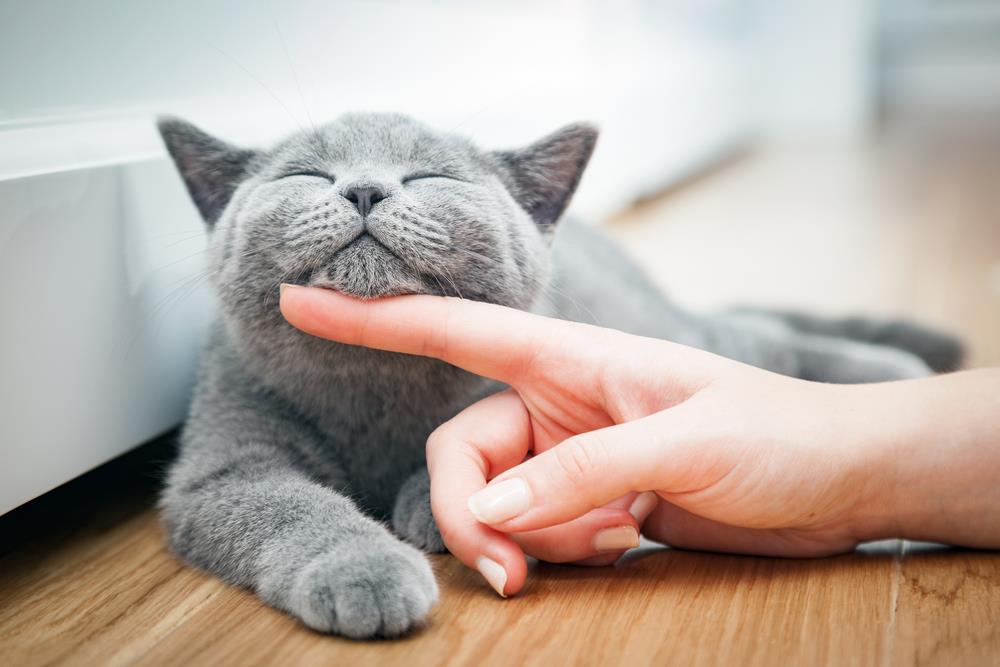
Although there is no definite answer, the best that we can do is decide your cat’s body language (it’s for him to know and for you to interpret). But remember that for you to correctly do this, you have to have a strong bond with your feline friend. Cats communicate with us in many different ways; from body postures to facial expressions, and through sounds. To avoid misunderstanding, it’s best to know what these feline postures mean.
Here are proven ways to study kitty’s signs and vocalisation.
1.] Voiced Cues
according to animal behavioural experts; cats do much of their meows to influence people into meeting their needs! It’s more of “an attention-getting technique” to express compliments, agreement, requests for food and other feelings. That’s why cats rarely meow to the feline pals.
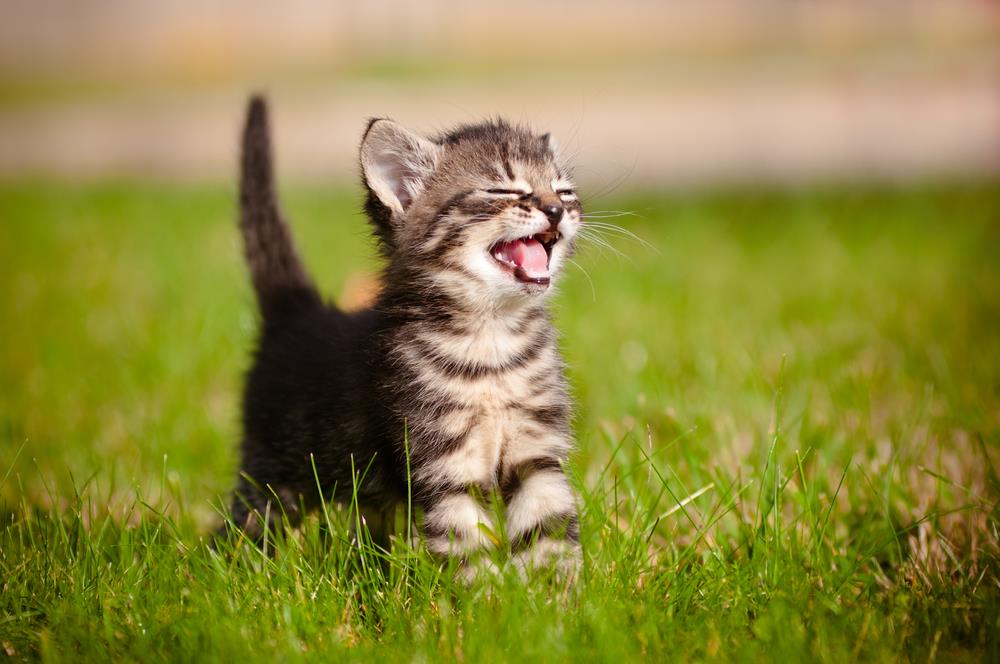
But this “meow” comes in the following forms:
- Purring: this sound is a sign of satisfaction and sometimes may be done by cats when they are seeking comfort e.g. when improving from illness or nearing death. Sometimes cats purr when eating.
- Growling, rumbling or hissing: are resounding warnings to keep off until your kitty has relaxed.
- Chirps and shrills are mothers asking kittens to tail them. When the kitten does this to you, he/she probably wants you to follow him/her, more often than not to his/her food bowl. For those who have two cats or more, you’ll hear them chat this way from time to time.
- Caterwauling is a loud, throaty sound that many cats, especially young males make when they’re defenceless against other cats. It’s also a common sound with deaf cats.
- Howling (which sounds like loud, lengthy meows) is a sign your cat is in danger or distress e.g. she’s trapped in a closet, in pain or just anxious to know where you are. However, in some cases, these sounds form part of their mating behaviour. And for elderly cats, howling means seek medical attention; it may be a sign of a cognitive disorder referred to as dementia.
- Kneading A sound produced when a cat is walking on a soft surface as if they are kneading a dough. It’s a habit they develop when they were sucking their mom’s tits to enhance the flow of milk. When you cat does this, they must be really happy.
2.] Display of the Tummy
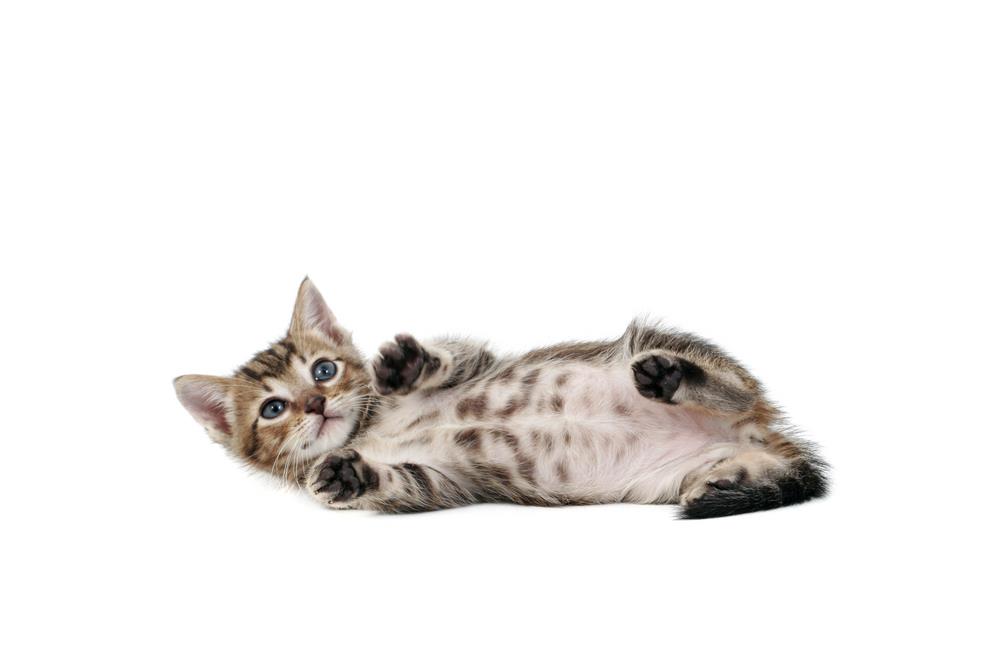
Sometimes cat’s show this teasing habit of turning over and exposing their belly as a sign of relaxation. But in some instances, they may react aggressively if you try to fondle it. When cats feel cornered, they may pose this way before extending their claws and get their sharp teeth ready to attack.
3.] The Gratifying Blink
When your cat “says hey” to you or to another cat with slow, leisurely blinks, it’s a sign of affection.
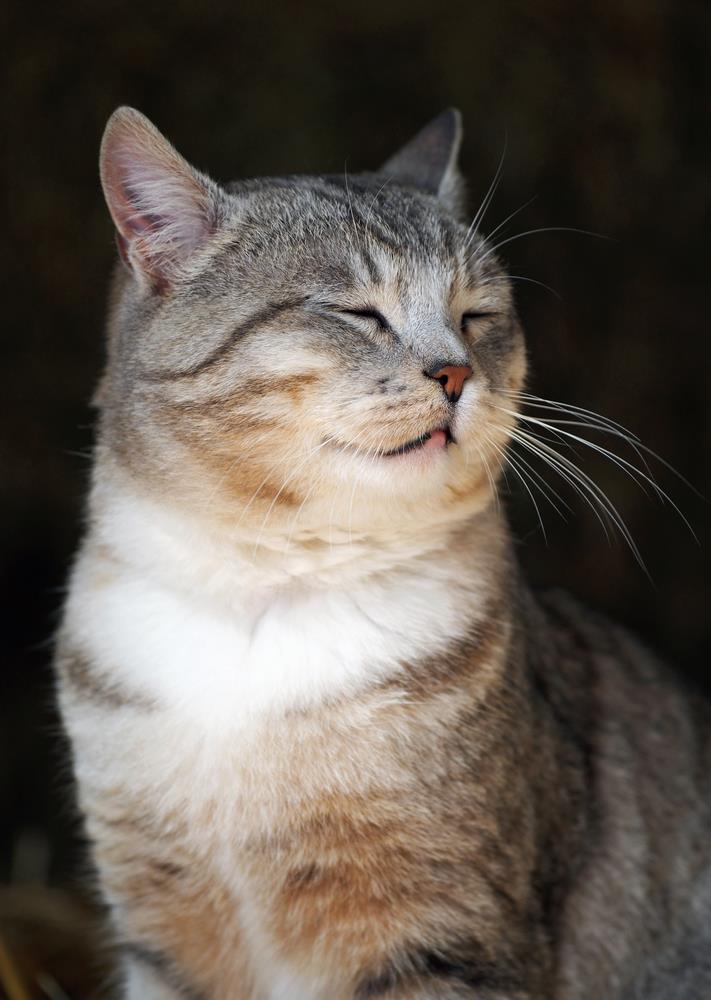
Experts say it’s because felines consider closing eyes before another a sign of total trust.
By blinking, your cat considers your presence as non-threatening. So next time your pet does this, return the gesture.
4.] The direct intent look
Cats find direct eye contact threatening. That’s why in a crowded room the cat will move towards that one person who is ignoring her. As the cat gets more frightened, her pupils widen. When the pupils are dilated, they receive as much visual data as possible. This wide-eyed look signals a terrified cat.
If the cat is angry, the pupils narrow to focus more on specific detail. Nevertheless, remember that the kitty’s eyes also act in response to ambient lighting, that’s why it’s advisable to read the situation well before coming to a conclusion.
5.] The Flehmen effect
Have you noticed that when a cat sniffs your shoe, she lifts their head, slightly opens their mouth, curls her lips and narrow her eyes? This is a response to smell and a way of gathering more data about it.
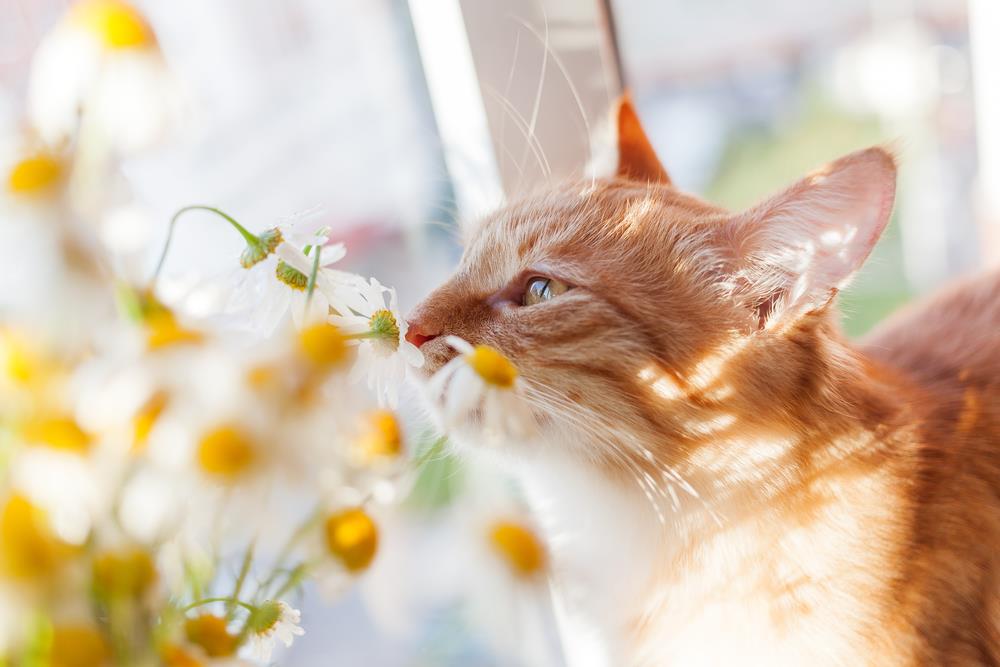
The sense of smell is important to cats, so much so that they have an additional olfactory organ – the Jacobson’s organ positioned on the roof of the mouth and linked to the nasal cavity.
When the aroma is so irresistible your cat opens his mouth to inhale scent molecules which then flow over the Jacobson’s organ where the scent is modified to provide more details about the scent.
6.] Tail Movements
One accurate way to read a cat’s lingo is by studying its tail.
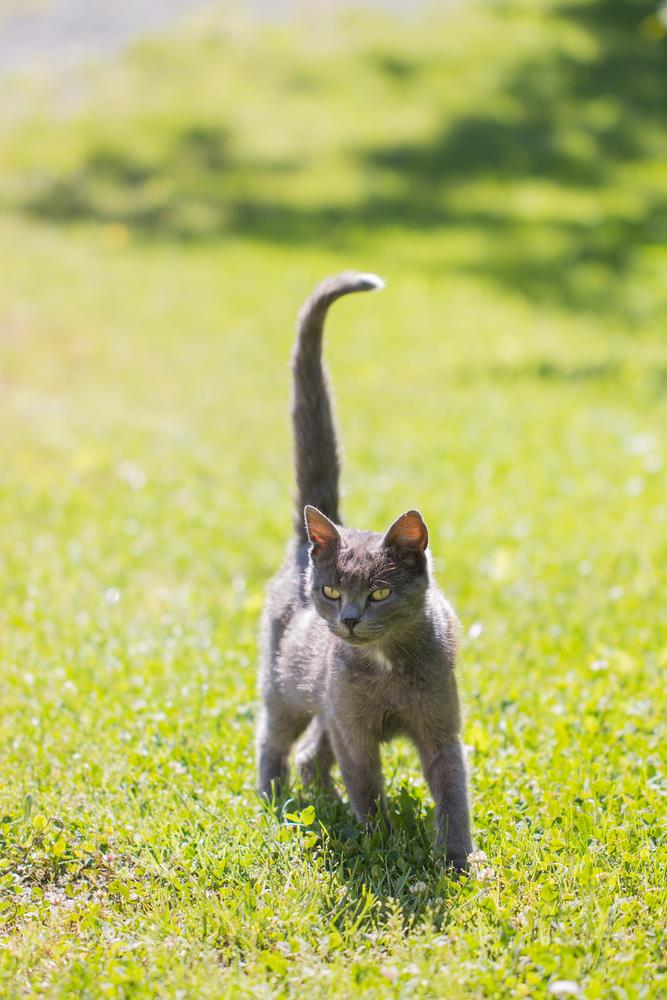
When elevated high, it’s a sign of confidence. And when it’s tail is on your legs, it’s the cat’s way of being friendly. Tucked between the legs, the cat is probably insecure or anxious. The upright tail that looks more like a bottle-brush is a clear sign that your kitty feels threatened.
7.] Rubbing
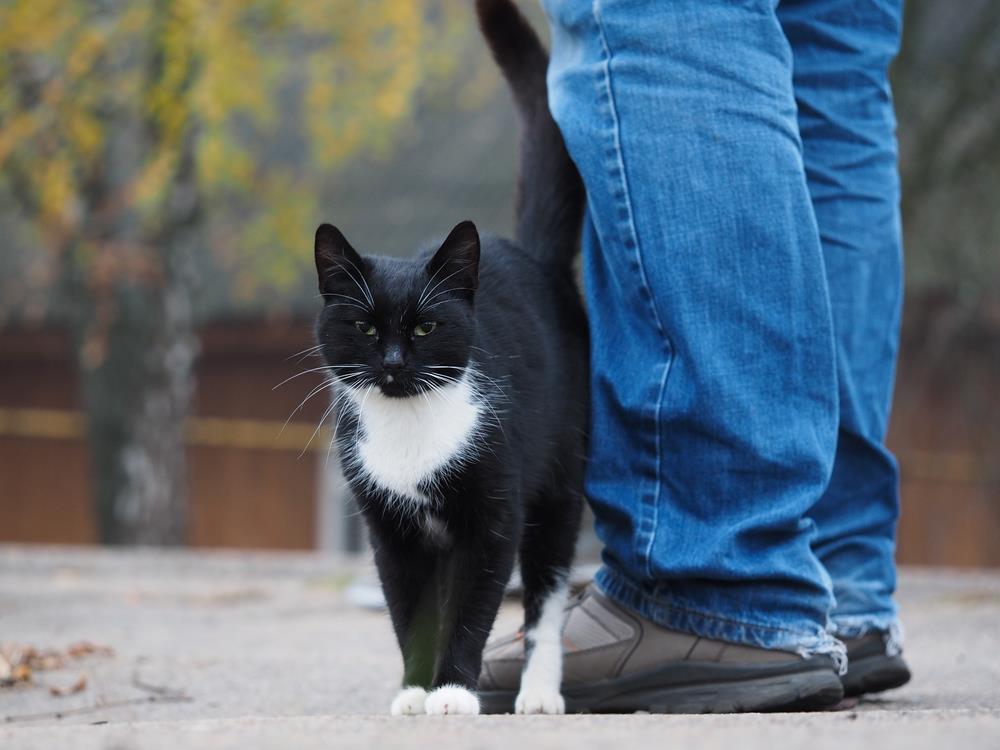
Rubbing a chin or their whole body against you is a cat’s way of saying I love you. In a way, she is marking his territory.
Quick Tips to Reading Your Cat’s Moods
Angry and aggressive:
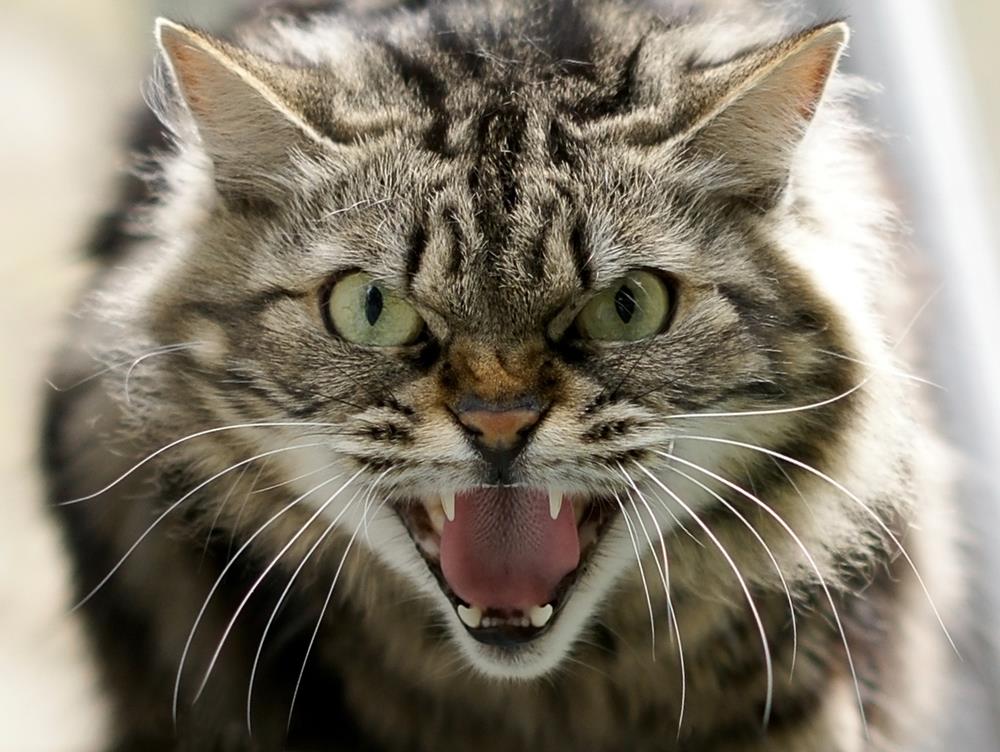
Ears laid back, pupils constricted, and tail either resting down or straight upwards with fur standing at the tip. A violent kitten stares down and yowls until the other kitten gives way. Cats prefer standoffs, which would only turn into a fight only if both cats don;t want to give way.
Content
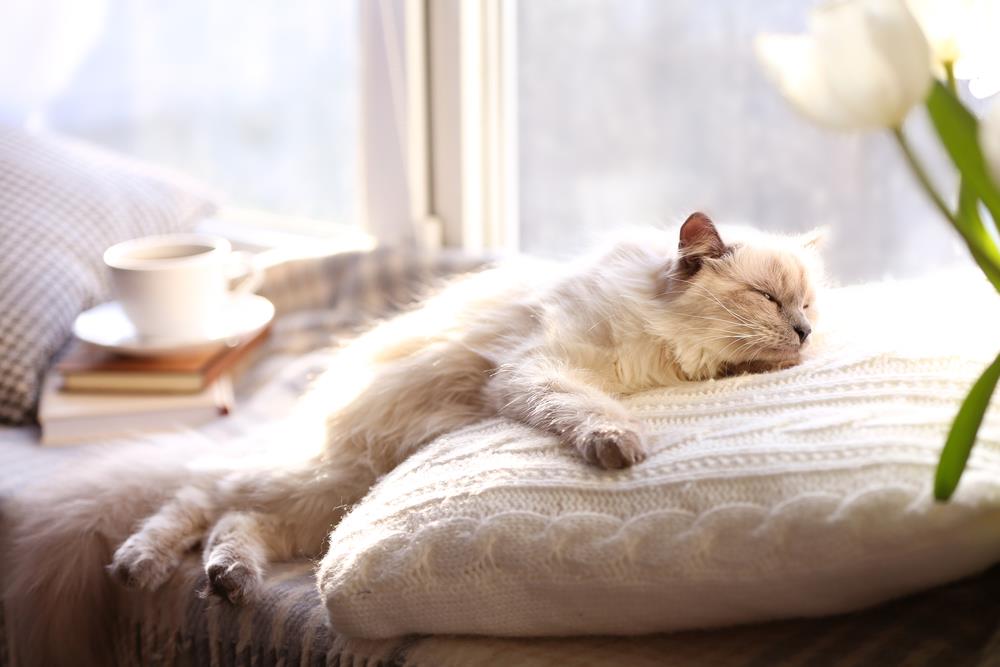
Relaxed sitting position or lying down, pupils narrowed, tail still, eyes half-closed, ears forward and the classical purring. Sometimes kneads when over-excited.
Playful
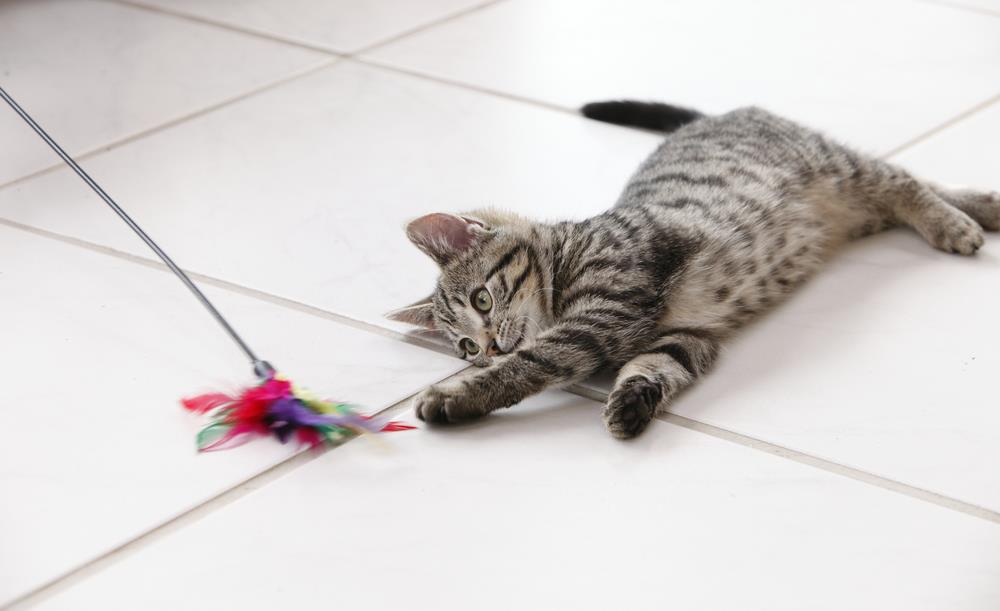
Tail lifted up, ears forward, pupils dilated and whiskers forward. To cats, playing is like a hunting behaviour. A cat may crouch to study prey or a toy.
Anxious or Nervous
Dilated pupils, ears laid back or sideways, tail tucked between the legs and pupils dilated— he may also try to find somewhere to hide.
Defensive
Pupils dilated, whiskers aligned backwards, flat ears, tail tucked between their legs or enfolded around their body— loud meows, hiss and growl.
With all these tips, you can easily deduce what your kitten’s body language or sounds mean. And to better understand these, regularly bond with your cat and master their habits. Moreover, study the situation before jumping to conclusions on what your cat is trying to communicate.




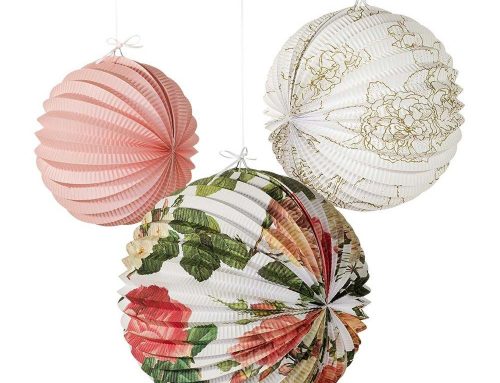

Leave A Comment